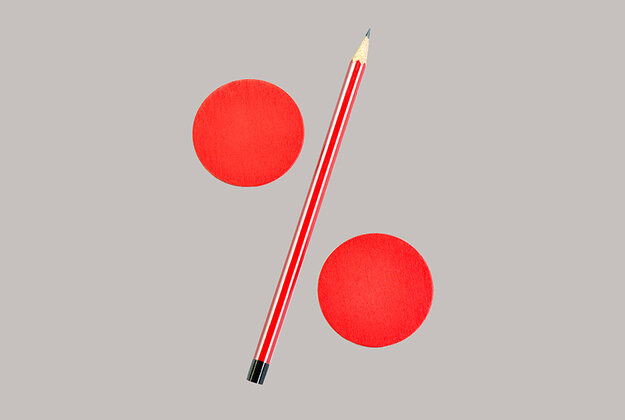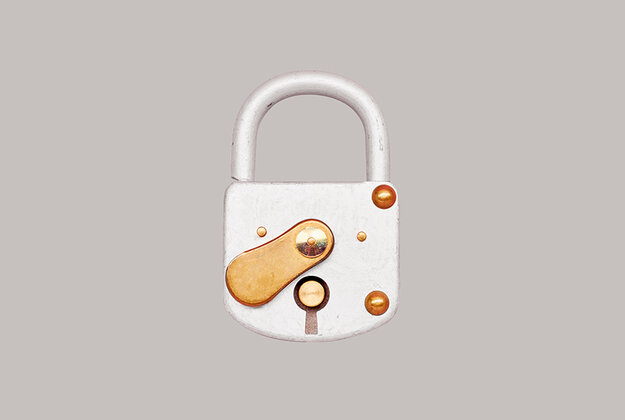- Home
- Occupational Pension
- Pension fund
Plenty of advantages for companies and their employees
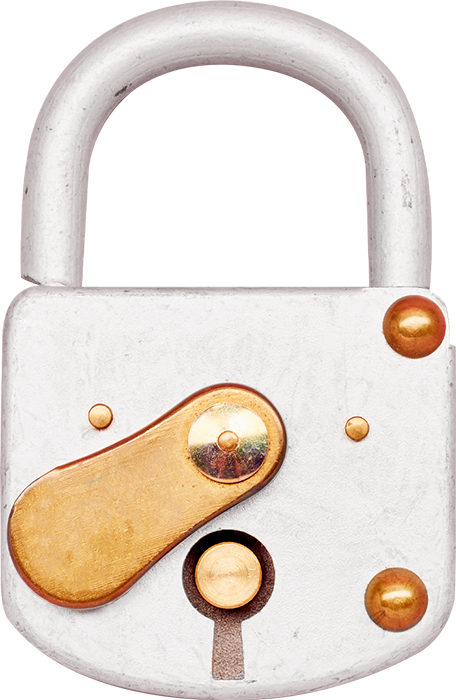
Secure
Tellco pk stands for absolute security. We strike a balance between risk and returns, which allows us to guarantee the continuous growth of your investment no matter the market conditions. With Tellco pk, you can enjoy peace of mind as your pension is securely financed for the long term.

Flexible
As a policyholder of Tellco pk, you have complete freedom when it comes to deciding on the structure of your pension plan. Should your needs or situation change, adjustments can easily be made during the term of the contract.

Personal
Personal contact is very important to us: Do you need advice on a pension plan or would you like to give your employees a better insight into occupational pensions? Your personal pension adviser will be happy to assist you at any time – even in person at your premises.
Pillar 2 in simple terms
Service and Support
An occupational pension plan (OPA) is mandatory for all employees in Switzerland who earn a certain income. Its purpose is to ensure a continued standard of living in retirement. You and your employer both make contributions to the pension fund. Here is what you should know about your occupational pension in pillar 2.
The pension fund is where you save your personal retirement capital.
As an employee, you are legally required to have an occupational pension plan. A pension fund allows you to save for your retirement and enjoy insurance protection. We have put together this FAQ page so that you know what options you have and what you need to bear in mind.
How do I save in the pension fund?
No later than 1 January after your 24th birthday, you and your employer both start contributing to the pension fund in order to save for your retirement. The statutory contribution sums are calculated as a percentage of your insured annual salary. The older you are, the larger these contributions become.
But the pension fund offers more than just retirement savings. It also insures you against death and disability. You and your employer jointly contribute to the pension fund. Your employer has the option of voluntarily paying a higher sum than you and / or insuring you beyond the statutory requirement.
Is my entire salary insured in the pension fund?
The salary insured in the pension fund is limited by a minimum income level (entry threshold / coordination deduction) and a maximum income level (OPA salary limit). In 2023, the insured annual salary is no less than CHF 3,675.00 and no more than CHF 62,475.00.
Your employer may voluntarily insure you beyond the statutory requirement, however. In this case, the coordination deduction and the BVG maximum income level may not apply.

Who is insured in the pension fund?
Any employee earning more than CHF 22,050.00 (as at 2023) is mandatorily insured in the pension fund. You and your employer both make contributions. Between 17 and 25, you are insured against death and disability; after the age of 25, your insurance also covers your retirement savings.
Temporary employment: What does this mean for my pension fund?
You are insured in the pension fund as soon as you, the employee, demand to be insured or once you:
- have been employed continuously for more than 13 working weeks;
- have an employment contract for three months or longer;
- have duties of care for children of a dependent age.
What happens to my pension fund when I change my place of employment?
When your employment contract is terminated, you take your pension fund assets (also called your “vested benefits”) with you to your new place of employment. You transfer your vested benefits to your new employer’s pension fund. If you are not starting a new job right away, you are legally obliged to open a vested benefits custody account with a vested benefits foundation. We offer you attractive solutions for investing your pension assets to your exact requirements.
I am retiring. What will I get from the pension fund?
You can find all details about your benefits on your insurance certificate.
Perhaps the most important question: How much do you have in retirement savings? Once you know this, you can use the figure to calculate the pension payments you will receive for the rest of your life after you retire.
The calculation is simple: your personal retirement savings × conversion rate = your annual pension.
For example: You have CHF 100,000.00 in retirement savings. Calculate CHF 100,000.00 × 5.8% = CHF 5,800.00. Your annual pension from your pension fund is CHF 5,800.00.
You can choose to withdraw all your retirement capital as a lump sum instead of receiving a regular pension.
This depends on your personal situation and your individual needs and wishes. As a third alternative, you may combine the two options: have some of your capital paid out as a lump sum, then receive the remaining sum as a monthly pension.
If you wish to request a lump-sum withdrawal; Here you find the
How can I maximise my pension?
As an employee, you have various options to maximise the retirement capital saved in your pension fund.
Your employer insures you beyond the statutory requirement.
You can discuss non-mandatory insurance arrangements with your employer. In this case, you and your employer both make larger contributions.
You make voluntary buy-ins into your pension fund.
Your insurance certificate contains information about your voluntary buy-ins. You can personally pay the sum specified there into your pension fund. The money is added to your savings and receives annual interest. You can deduct this buy-in sum from your taxable income, so it is a way to save money on taxes, too. Read our blog entry on the topic to find out whether a buy-in is worthwhile and how to make it.
Your pension savings can decrease, too.
For example, when you withdraw assets early to finance a residential property (PHO) or receive a partial payout following a divorce or partial retirement.
If you would like to request a buy-in; Here you find the
I am buying or building a home. Can I use my pension fund assets to finance the purchase?
Yes, within the scope of our scheme for the promotion of home ownership (PHO), you can use your pension fund assets to finance owner-occupied residential property.
Alternatively, you may use it to repay a mortgage. This is only possible once every five years. Consult your personal insurance certificate to see how much capital you may use for this purpose.
You can find more information in our
I have become unable to work. What will I get from my pension fund?
Disability pension
If you sustain a disability that partially or fully prevents you from working, you will receive a disability pension from your pension fund. This is contingent upon a partial or complete disability as defined in the Swiss invalidity insurance. In most cases, you will start receiving your disability pension after a waiting period of 12 months. The precise sum is stated on your insurance certificate (link to the insurance certificate).
ld’s pension for disabled persons
If you receive a disability pension and have children who are either under the age of 18 or under the age of 25 and still completing initial post-secondary education, you will additionally receive a child’s pension for disabled persons. The child’s pension for disabled persons normally amounts to an additional 20% of your disability pension. Again, the precise sum is stated on your insurance certificate (link to the insurance certificate).
Do I need to continue making pension fund contributions?
If you become incapacitated for work, you will be exempt from making contributions. This means that, after a waiting period of three months, you will no longer need to make new contributions. You will remain insured nonetheless.
What happens to my pension fund assets when I pass away?
Partner’s pension
When a policyholder passes away, their spouse or unmarried partner receives a partner’s pension, which normally amounts to 60% of the deceased person’s disability or retirement pension. Tellco pk does not distinguish between marriage, registered partnership and cohabitation.
Orphan’s pension
When a policyholder passes away while his or her children are either under the age of 18 or under the age of 25 and still completing initial post-secondary education, the pension fund will additionally pay out an orphan’s pension. The orphan’s pension normally amounts to 20% of your disability or retirement pension per child. The precise sum is stated on your insurance certificate (link to the insurance certificate).
Lump-sum death benefit
When a policyholder passes away and their partner and children are not eligible for a pension, the pension fund pays out a lump-sum death benefit to these surviving dependants.
I am emigrating (within the EU/EFTA). What does this mean for my pension fund assets?
Are you emigrating and definitely quitting your employment in Switzerland?
As of 1 June 2007, you may only request a lump-sum payout of the non-mandatory component of your vested benefits. This applies if you are subject to a statutory insurance requirement in your new place of residence (or your current place of residence if you are a cross-border commuter).
The mandatory component of your vested benefits must be invested in a Swiss vested benefits account.
Are you subject to a mandatory insurance requirement?
This depends on your situation. Consult www.verbindungsstelle.ch to find out. If your new country of residence does not require you to have a pension plan, you may receive your full vested benefits as a lump sum. Use this form to request a payout.
I am emigrating (outside of the EU/EFTA). What does this mean for my pension fund assets?
If you are definitely becoming a non-resident of Switzerland and moving to a country outside of the EU/EFTA region, you may receive your pension fund assets as a lump sum.
Bear in mind: lump-sum withdrawals from a Swiss pension institution are always taxable in Switzerland and in your place of residence. When you move abroad, however, you may only receive your capital after you formally deregister from your place of residence. This means that withholding tax is levied in the location where the pension institution is based. Tellco pk is based in Schwyz, the canton with the lowest tax rates in Switzerland. In such a case, you would benefit by gaining tax advantages through us.
Here you find the
Find out more about Tellco’s occupational pension scheme
Our specialists will be pleased to provide you with tailored advice and illustrate the various options.





![[Translate to Englisch:] [Translate to Englisch:]](/fileadmin/_processed_/9/9/csm_tellco_news_segelschiff_6d96db2948.jpg)
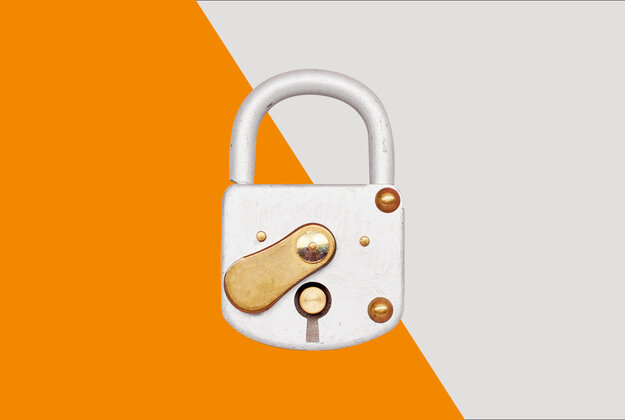


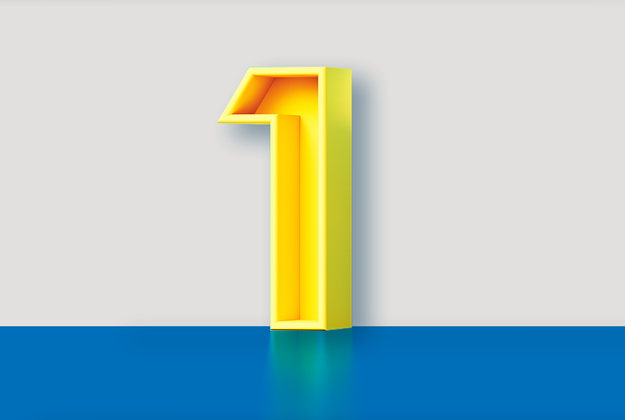
![[Translate to Englisch:] [Translate to Englisch:]](/fileadmin/_processed_/c/5/csm_tellco_aktuelles_passende_pensionskasse_fuer_jedes_unternehmen_556fc450a7.jpg)


